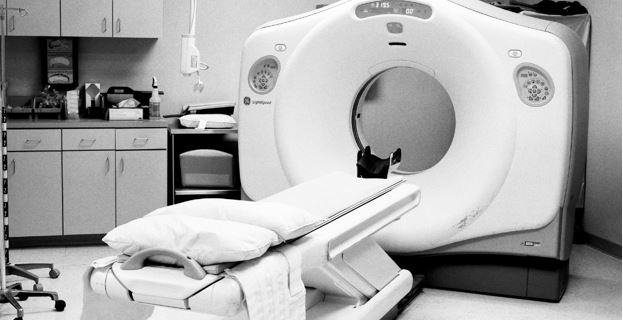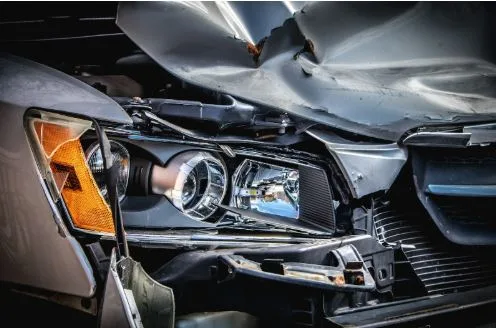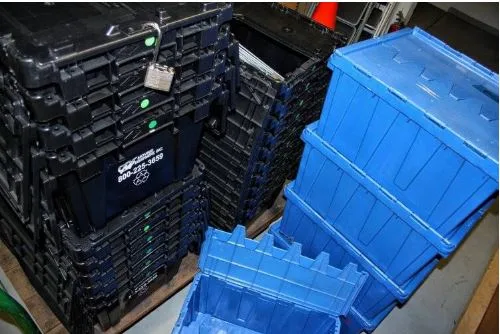CT Scan for Headaches, Chest Pain & More: When It Helps
Healthcare has come a long way in recent years when it comes to diagnostic imaging tests that provide doctors a window into what’s going on inside your body without needing exploratory surgery. One of the most common of these scans used is the CT or CAT scan, which provides cross-sectional x-ray images of the body using computed tomography. This advanced imaging gives physicians a noninvasive peek into your organs, tissues, bones and blood vessels, helping them evaluate symptoms you may be experiencing and assess the underlying condition.
When Are CT Scans Used?
There are a wide variety of reasons why your doctor might order a CT scan in Hyderabad. These scans are typically used when your medical team needs more information about what might be causing your symptoms. Some of the more common reasons CT scans are ordered include:
- Headaches
- Chest pain
- Abdominal pain
- Difficulty breathing
- Trauma or injury
- Cancer screening and evaluation
- Guidance for biopsy, surgery or radiation
- Suspected infection, like appendicitis
- Suspected blood clot in lungs or legs
The detailed images captured by a CT exam provide your care providers a better evaluation of bones, organs and tissues than a basic X-ray allows. The cross-sectional views given by the CT scan enable doctors to see inside organs and structures, look for blockages in blood vessels, visualise tumours or infections, and find issues like internal bleeding. This advanced imaging gives your physician invaluable information to guide accurate diagnosis and proper treatment plans.
When a CT Scan Can Help with Headaches
Headaches strike most of us at some point, and they can be caused by a wide range of factors, from stress and eye strain to hormone changes, dehydration, sinus issues and more serious conditions like brain tumours, bleeding or concussion. When headaches become chronic or severe, they can greatly impact quality of life. Your medical team may recommend a CT scan of the head if you experience:
- Sudden severe headache or “worst headache of your life”
- Headaches after a head injury, fall or trauma
- Persistent headache along with vision changes, dizziness, numbness or weakness
- New onset headache after age 50
- Headaches that continue to worsen despite medication
- Immunosuppressed state and new onset headaches
- Suspected bleeding into or around the brain
How a CT Scan Helps with Chest Pain Evaluation
Chest pain sends over 7 million people to emergency rooms across Britain annually. While many instances of chest discomfort stem from minor muscle strains or indigestion, chest pain can also signal something far more serious, like a heart attack or pulmonary embolism. CT scans are often utilised in diagnosing the underlying cause of chest pain because they provide clear views of the heart, lungs, chest wall, and blood vessels. Chest CT scans may be ordered if initial evaluation reveals concerning symptoms like:
- Crushing, squeezing, pressure or tightness in chest
- Shortness of breath
- Pain that radiates down the left arm, up into the jaw or back
- Risk factors for heart disease, like obesity, smoking, and family history
- Abnormal electrocardiogram (EKG)
- Elevated heart enzymes in blood indicating heart muscle damage
- Prior heart attack or stent placement
- History of lung disease or recent long travel increases the risk of pulmonary embolism
When are Head CT Scans and Chest CT Scans Used?
As outlined above, head CT scans are typically used for the diagnosis of headaches or other neurological symptoms that might indicate bleeding, tumours or trauma in the brain. Chest CT scans are most often utilised to diagnose the underlying cause of acute chest pain, along with shortness of breath that could indicate blockages in the heart or lung arteries.
If you are looking to get a CT scan in Pune, there are many excellent hospitals and imaging centres providing this imaging service.
Who Should Get a CT Scan?
While extremely helpful in diagnosing disease, CT scans also expose patients to ionizing radiation which can potentially increase cancer risks later on. For this reason, CT scan use should be limited to appropriate diagnostic situations where needed information can’t be obtained effectively through other lower-radiation methods like ultrasound or MRI in some cases.
Your doctor will determine if CT scan benefits outweigh any small long-term risks and order this imaging judiciously when diagnostic information is expected to impact diagnosis and treatment. Make sure to discuss your complete symptom history with your physician so they can recommend any appropriate testing, including CT scans, that aids in accurate diagnosis and treatment tailored to your situation.
What to Expect During a CT Scan
During the scan, you’ll lie still on a narrow table that slides through a large doughnut-shaped machine containing the X-ray equipment. You’ll hear buzzing and clicking sounds as the internal elements spin around you to capture images from different angles. Devices that look like white plates may be affixed externally to obtain clear views of certain body parts. You’ll need to remain motionless as the table moves slowly through the scanner because movement can blur the images. Scan times vary between 5 to 30 minutes depending on the body part imaged.
Many patients also receive an injection of an iodine contrast dye, which improves visualisation of blood vessels, organs, and tissues. This intravenous dye flushes quickly through your body, and you may feel warm or flushed for a few moments. Let your care team know immediately if you experience any itching, swelling, dizziness, or breathing changes from the contrast dye, which occur rarely but can signal a more serious reaction.
After the CT scan, a computer assembles the many x-ray images into detailed cross-sectional views that physicians assess on high-resolution monitors. A radiologist expertly trained in CT interpretation analyses the scan images and issues a written report to your treating physician, summarising any findings requiring follow-up diagnosis or treatment.
The Bottom Line
In many cases where symptoms are difficult to diagnose, a CT scan provides healthcare teams with an invaluable look inside the body to reveal underlying illness and disease. The detailed anatomical pictures captured by CT imaging frequently lead to faster diagnosis and life-saving treatments. Discuss concerning symptoms thoroughly with your physician so they can determine if a CT scan or an alternate imaging modality might aid your diagnosis and treatment plan.






